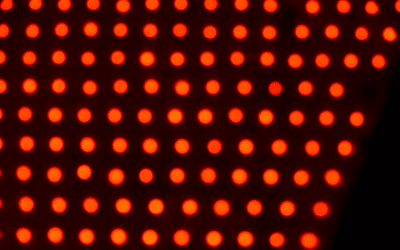
Are we causing more problems with all this imaging?
I hear on a weekly basis patients say, “oh that’s my pain from the herniated disc” or “will my pain go away, I do have a bulging disc?” or my personal favorite “I had an MRI that showed a slipped disc 10 years ago, so this is an old injury… (meaning: I don’t think anything will really help).
Let’s change that mentality by 1) understanding imaging as a patient and 2) knowing when to order these imaging tests as providers
Why? Because patients perceive pain when we say and show them things like bulging discs.
If we truly understand low back pain, or neck pain or headaches or any other musculoskeletal condition, we will know that the body is meant to move, the body heals itself if it moves properly – so don’t worry about that slipped disc. The body will deal with it. The majority of people get them with age and have no pain… think of it like grey hair, harmless, but looks bad.
Not only should we stop worrying about that slipped disc, we should stop ordering all these images.
Here is a message to patients… an MRI is helpful in the case of surgery… surgery is indicated in the case that you, the patient, have received the proper conservative treatment and it has failed. If your pain is treated at its most acute state and you find a skilled manual therapist, the chances of failing conservative treatment should be close to zero.
So why do we order so many images? Because less than 10% of patients actually find themselves in front of a skilled manual therapist in the acute stage of pain.
Here is a message to providers… Think twice before ordering another image. Ask these two questions.
1. Is this a mechanical/movement problem, unrelated to trauma?
If the answer to this first question is yes, the thing to do is correct the mechanics… it only makes sense. A still image ads little to no value.
2. Is surgery their only option?
This means all other options have failed and we have no hope that the body has any change of healing itself… this should be an incredibly small percentage of patients.
So, how do I know what’s going on???
It’s called a physical exam. As a patient, if you have headaches, neck pain or any other joint or muscle pain and the provider does not assess or attempt to restore proper movement, then wait on the imaging until a proper physical exam has been performed.
A good physical exam can catch and diagnose the root of the problem with far greater accuracy. How can we determine how much movement is in the C1-2 joint by taking a still image? We can’t.
Take shoulder pain… most often this is an impingement, caused by a change in how the shoulder blade moves, weakness in certain muscle groups leading to pain with the arm above shoulder height. How would a still image taken with the arm at rest be able to help at all?
Answer… it really doesn’t. Most patients come to me with an X-ray or MRI and they go from pain to pain free without me ever seeing that still image. If it had more value, I’d use it.
Lets do us all a favor and stop ordering all this imaging, understand slip discs are a part of life and for heavens sake let the body take care of itself.




